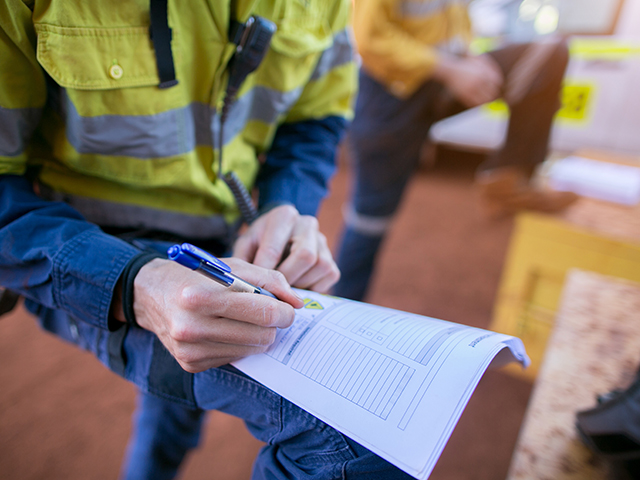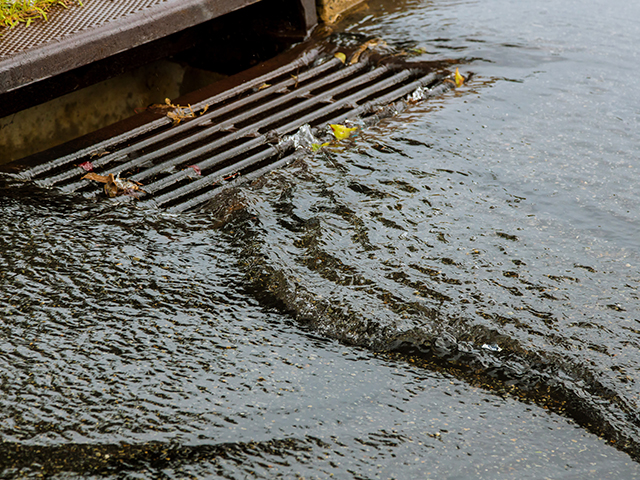Department of Environmental Health & Safety
Environmental Health & Safety Team
- Kendall D. Jones
Associate Vice President, Facilities, Planning, Construction, & Safety
(850) 599-8042 - Victor DeLaire
Director, Environmental Health & Safety
(850) 599-8108 - Gerred Pogge
Assistant Director, Building Code Coordinator
(850) 561-2646 - Geraldine Ingram
Health Safety Officer
(850) 599-8506 - Paul McKay
Health Safety Coordinator
(850) 599-8023 - Kevin Timmons
Chemical/Lab Safety Coordinator
(850) 599-8021 - [Vacant]
Industrial Hygiene Coordinator
(850) - Cathy Thurston
Recycling Operations Supervisor
(850) 412-7631 - D'Ante Allen
Fire Safety Specialist
(850) 599-8022
Our Services

The primary objectives of the FAMU Environmental Health and Safety Laboratory Safety Program are to promote safe work practices in laboratories and facilitate compliance with State and Federal Regulations regarding Laboratory Safety. This process is facilitated by regular laboratory inspections and training on Hazardous Waste Awareness and Laboratory Safety that all laboratory personnel are required to attend.
Proper use of fume hoods, use of appropriate personal protective equipment, proper storage of chemicals, and timely disposal of hazardous substances, are all essential elements of an effective laboratory safety program that can significantly reduce the likelihood of accidents and injuries in science laboratories. All lab personnel should read and understand the FAMU Laboratory Safety Manual and Chemical Hygiene Plan.
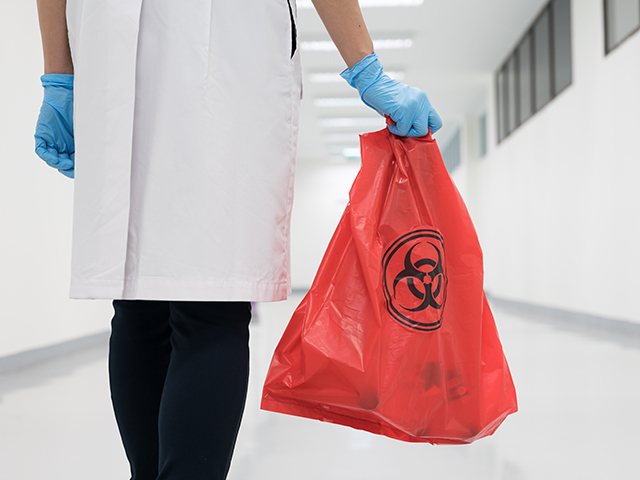
The FAMU Department of Environmental Health and Safety facilitates the collection
of hazardous substances (hazardous waste) from all FAMU facilities, including maintenance
departments and laboratories. We provide for the identification, characterization,
temporary storage, transportation, and disposal of all hazardous waste. EH&S also
provides annual training on employee Right-to-Know regulations and the OSHA Hazard
Communication Standard.
The disposal of most hazardous materials is strictly regulated by federal law. Hazardous
materials must not be disposed of in the sink, sewer, on the ground or in the trash.
EH&S is responsible for collecting hazardous waste and preparing it for shipment to
an approved hazardous waste disposal facility.
Waste products must be clearly labeled with the complete names of the contents and
they must be stored in non-leaking, safe containers. EH&S may be contacted for pickup
by calling 599-3442 and giving the name of the products to be picked up, the location,
the person in charge of the area, his/her phone number and the approximate quantity
of the materials to be picked up.
By law, the University is required to strive to reduce the amount of hazardous waste
it generates; therefore, University departments should take the following measures:
- Buy only the amount of hazardous materials that can be used before the expiration date of the material.
- Use up the hazardous material by using it for the purpose for which it was intended.
- Determine if someone else in the department has a legitimate need for the product.
Hazardous materials must be stored based on their compatibility not simply in alphabetical
order. Store materials of the same hazard together, i.e. flammables with flammables,
and oxidizers with oxidizers.
Hazardous substances should be stored in an orderly manner with older products most
accessible and the newer products least accessible.
Good housekeeping must be practiced in areas where hazardous products are stored.
All hazardous materials must be properly labeled including their exact contents, hazardous
properties, date of receipt, and if appropriate, date of expiration.
Hazardous substances should be stored in original containers packaged by the manufacturer.
If this is not practical, these products should be transferred according to manufacturers'
recommendations into containers that are constructed to withstand the effects of the
product over the maximum storage time.
Incompatible materials must be stored such that they may not come in contact with
each other.
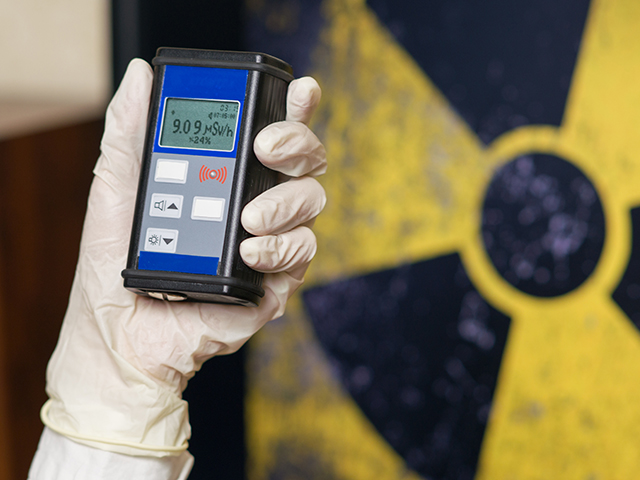
The Office of Environmental Health and Safety ensures compliance with the University’s Radiation Safety License issued by The Florida Department of Health (DOH). The primary goals of the program are to ensure the radiological safety of all university personnel and the public; to guarantee that radiation sources are procured and used in accordance with Federal and State regulations; to ensure that radiation exposures are “As Low As Reasonably Achievable” (ALARA); and to ensure that all radioactive waste generated is collected and disposed of in a manner consistent with Florida Administrative Code (FAC) 64E-5 and Code of Federal Regulations (CFR) 10.
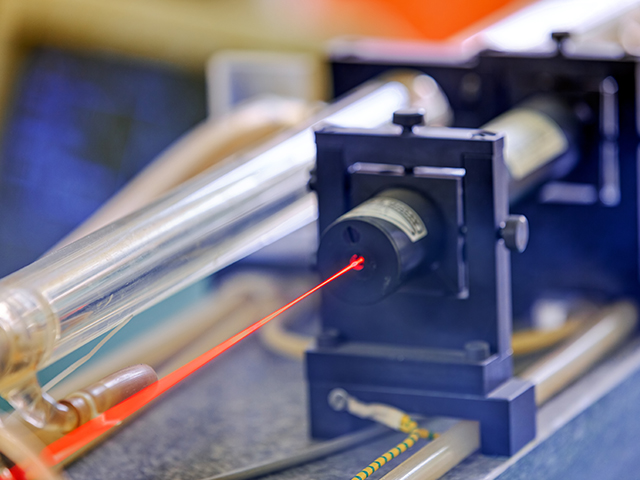
As outlined in the American National Standard Institute (ANSI) Z136.1 this area ensures that all Lasers used by Florida A&M University are registered with the DOH; ensures regular monitoring of use of laser devices; provides appropriate training to users; ensures that the Laser Safety Manual is current and consistent with the tenets outlined in ANSI Z136.1 and ensures the safe disposal of all lasers as needed.
Laser Procurement/Transfer Request Form
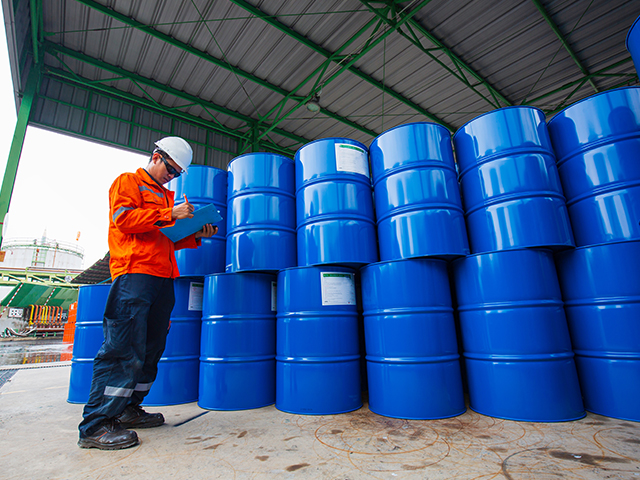
This program ensures that through coordination with the Florida Department of Environmental Protection (DEP), the Leon County Storage Tank Section of the Division of Environmental Compliance inspects all university fuel storage tanks 500 gallon capacity or greater, above and below the ground, annually and ensures compliance with the applicable Florida Statutes (F.S 376), and Florida Administrative Code (FAC 62-761).

In accordance with the 663.202 Fire Prevention Code and Life Safety Code NFPA101, the university shall maintain a fire prevention program. The fire prevention program is maintained in corporation with the State Fire Marshal’s office. Facility inspections are conducted annually to ensure compliance with fire codes. Routine facility inspections are performed to identify potential fire hazards such as the accumulation of flammable materials, incompatible storage of flammables, poor housekeeping, improper use of open flame equipment and electrical hazards. Fire drills and fire safety awareness training are provided and coordinated by the University Fire Safety Coordinator.
FAMU Fire Evacuation Plan 2023

In accordance with Florida Statutes 553, 489, 468, and 440, along with their associated
rules, Florida A&M University has established a Building Code compliance program.
The mission is to help provide for the health, safety and welfare of our students,
employees, and the public in the built environment. New construction, renovations,
as well as major repairs are reviewed, permitted, and inspected for compliance with
the Florida Building Codes, as well as the Florida Fire Prevention codes in a joint
effort with the Office of the State Fire Marshal.
In addition, permit applications are reviewed to ensure that the work is completed
by properly licensed contractors, and that plans submitted are prepared by properly
licensed design professionals, where required by statute.

The Director of the Environmental Health and Safety Department serves on the University Emergency Management Team along with representatives from various departments across campus. The Emergency Management Team meets periodically to review and update emergency procedures and to plan training and emergency exercises. The safe and efficient evacuation of the campus community during emergency situations is an important concern to FAMU. Emergency Response Procedures have been developed and posted on University Police webpage and the Emergency webpage. Periodic drills are conducted to fine tune and educate the community on proper response procedures.
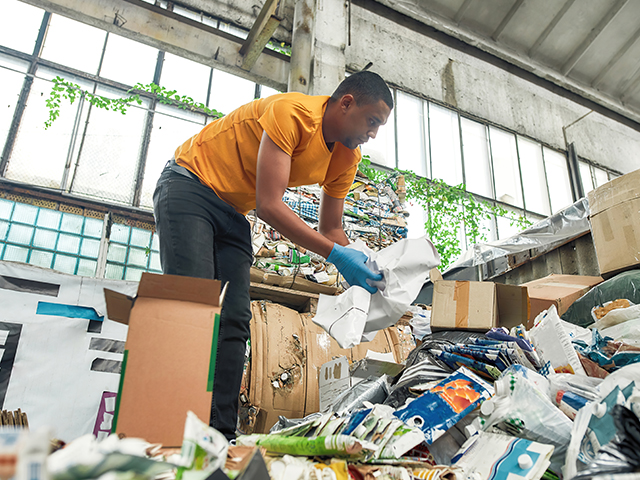
Collaboration between offices and departments across campus is essential to the success of the recycling efforts. The Environmental Health & Safety Department is the lead office for campus recycling. EHS is responsible for providing the infrastructure and administrative staff to implement recycling efforts on campus. Recyclables including paper, cardboard, and HP printer cartridges will be collected, managed and sold to recyclers to support and sustain the recycling program.
Recyclable Materials Pick-up Request

The primary objective of the University Safety Committee is to help reduce the risk of injuries and illnesses and ensure compliance with federal and state health and safety regulations by providing the support needed to enhance the university’s safety program. In addition to this primary mission, the Safety Committee encourages employees to participate in the overall safety process for the betterment of all concerned. Safety committee meetings are held on a routine basis. Those interested in attending committee meetings or presenting a topic for consideration should contact The Office of Environmental Health and Safety.

A job hazard analysis must be performed for all new, complex or high risk tasks. Supervisors are responsible for ensuring that a hazard analysis has been completed, training has been provided and controls are in place to reduce the risk of accident or injury.
Maintenance Services
-
Maintenance Request
To request services, please visit the Service Response Center (SRC)
Service Response Center -
Housing Maintenance
The Housing Maintenance Requests are for residential facilities ONLY
Housing Maintenance -
FAMU Bioraft System
To view and track chemicals across all FAMU campuses
FAMU Bioraft System




